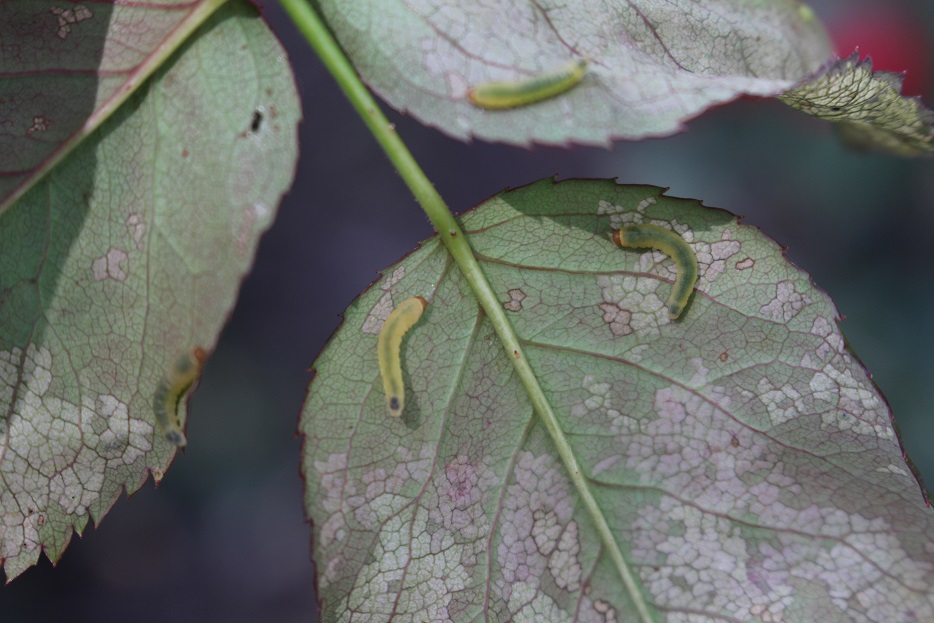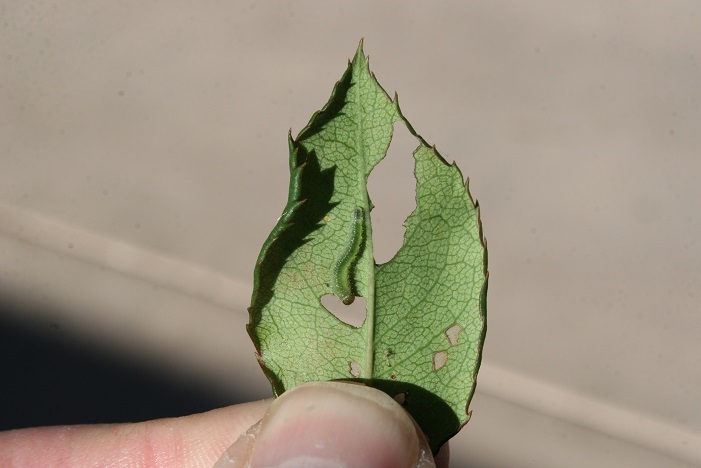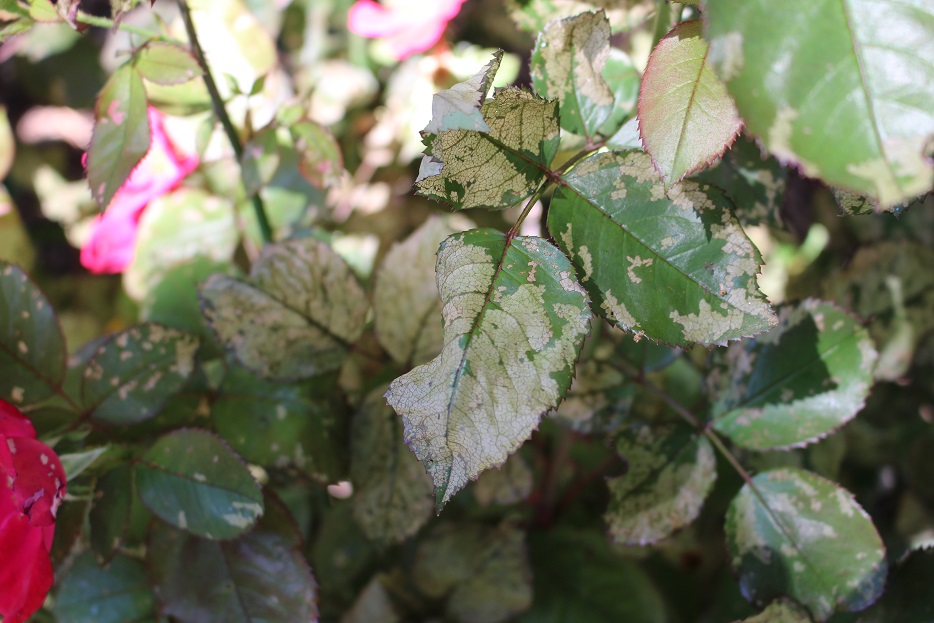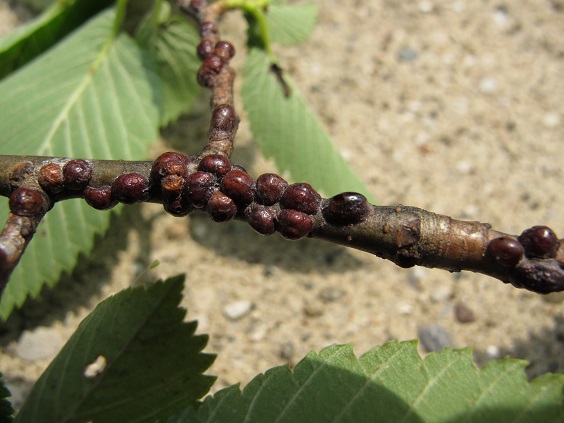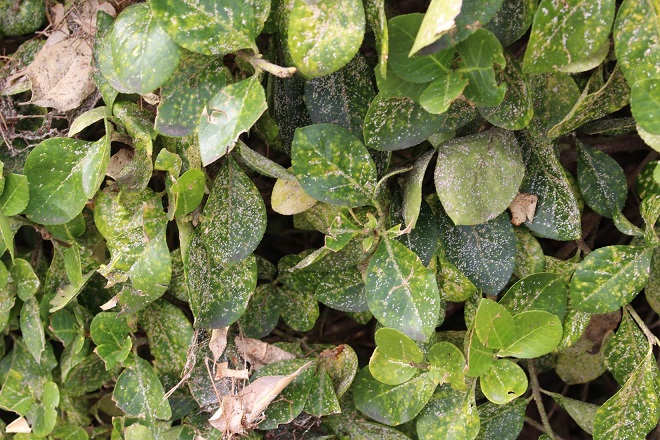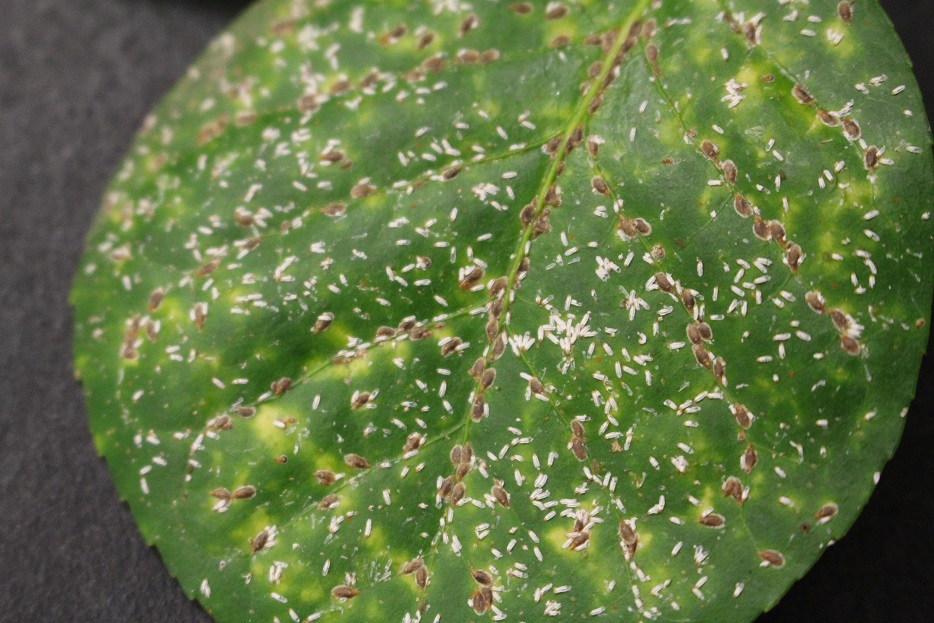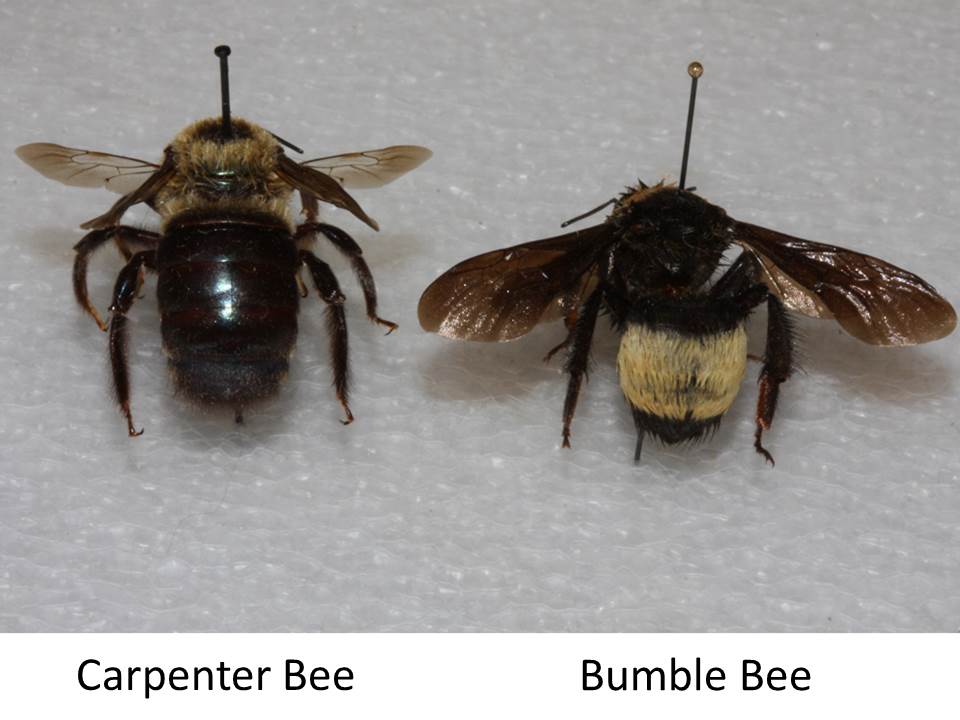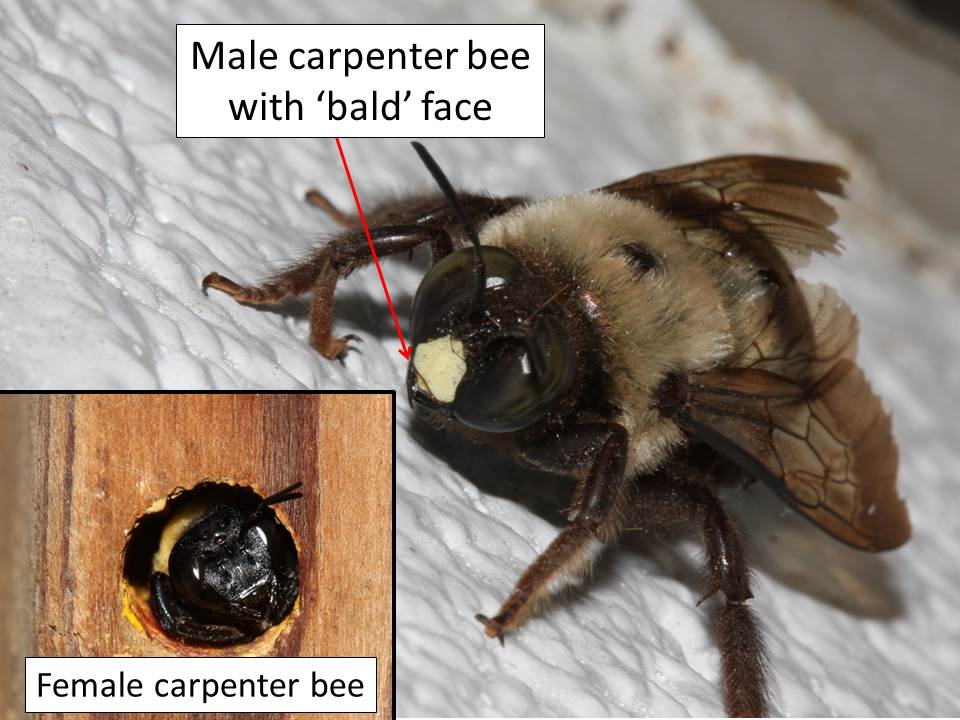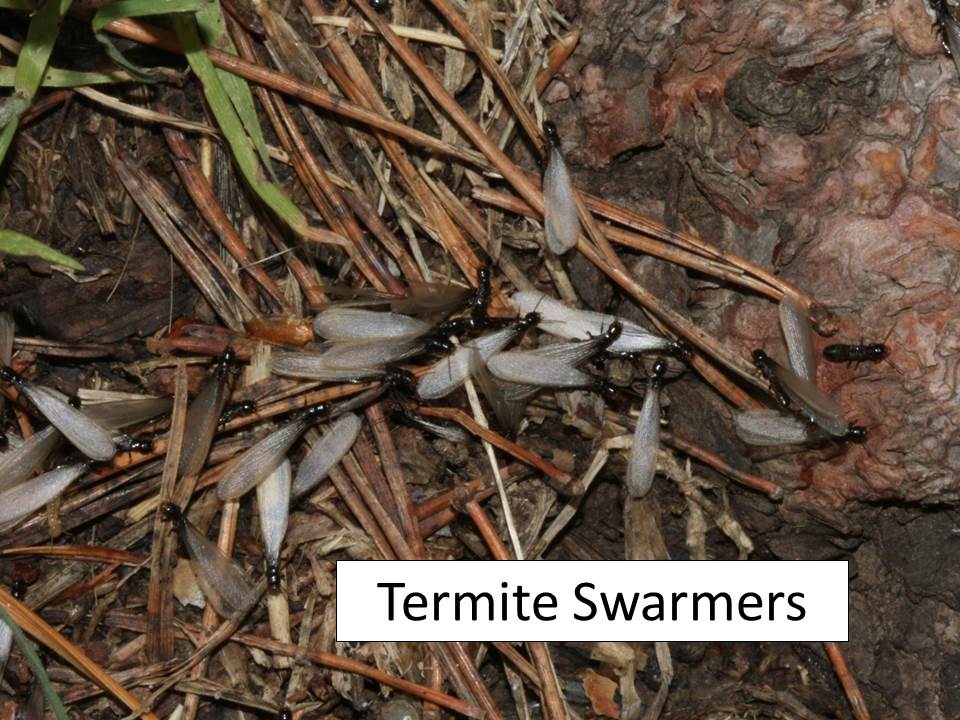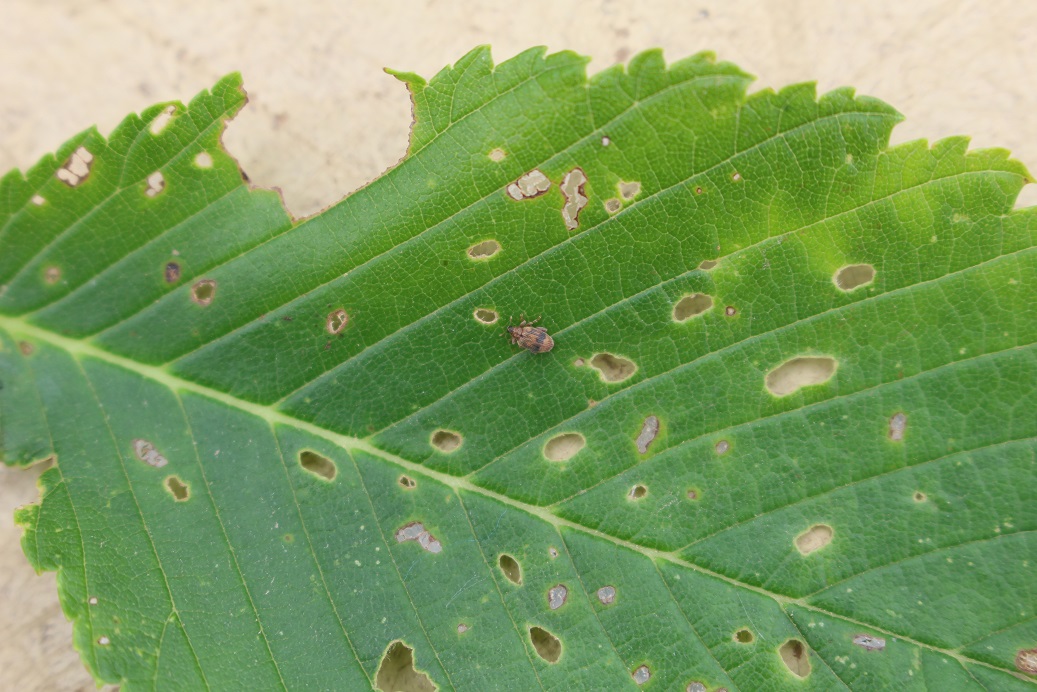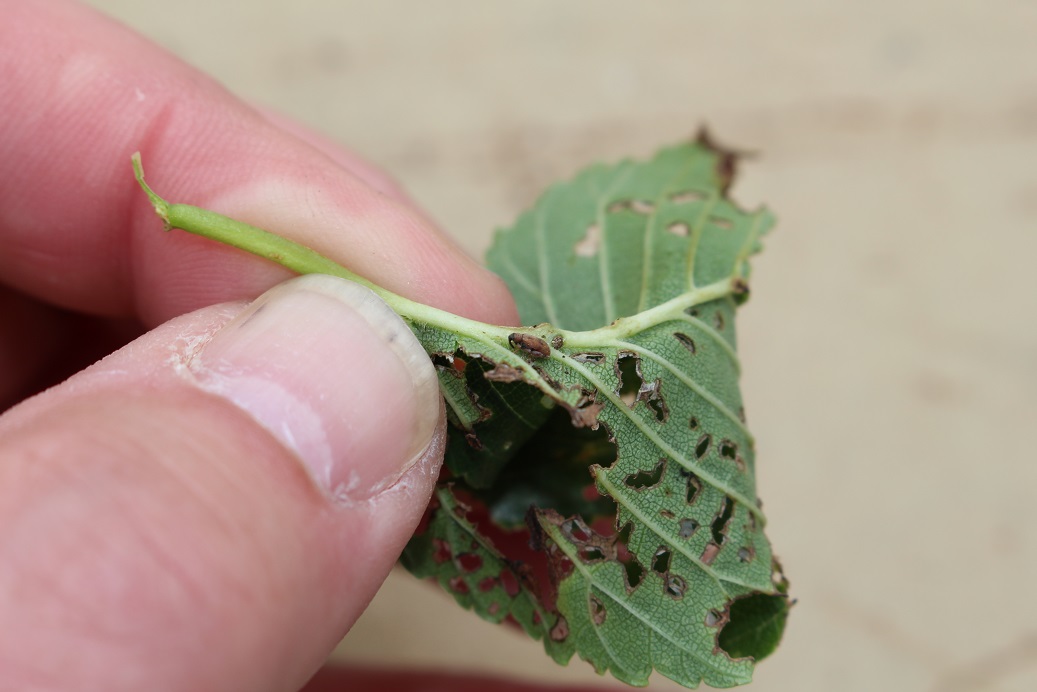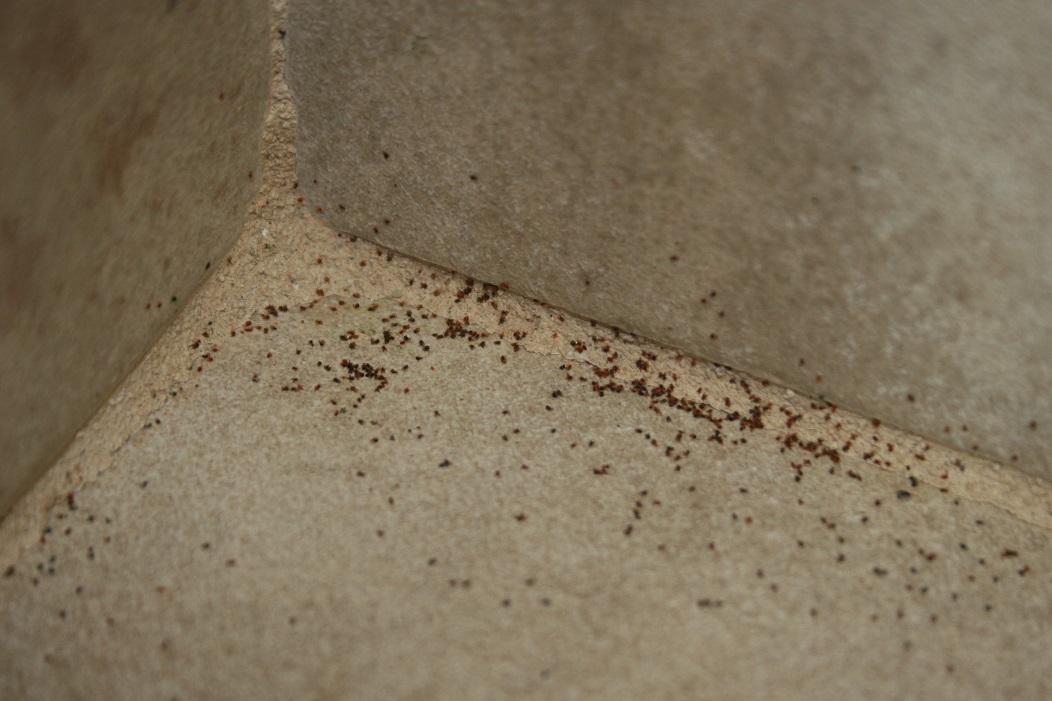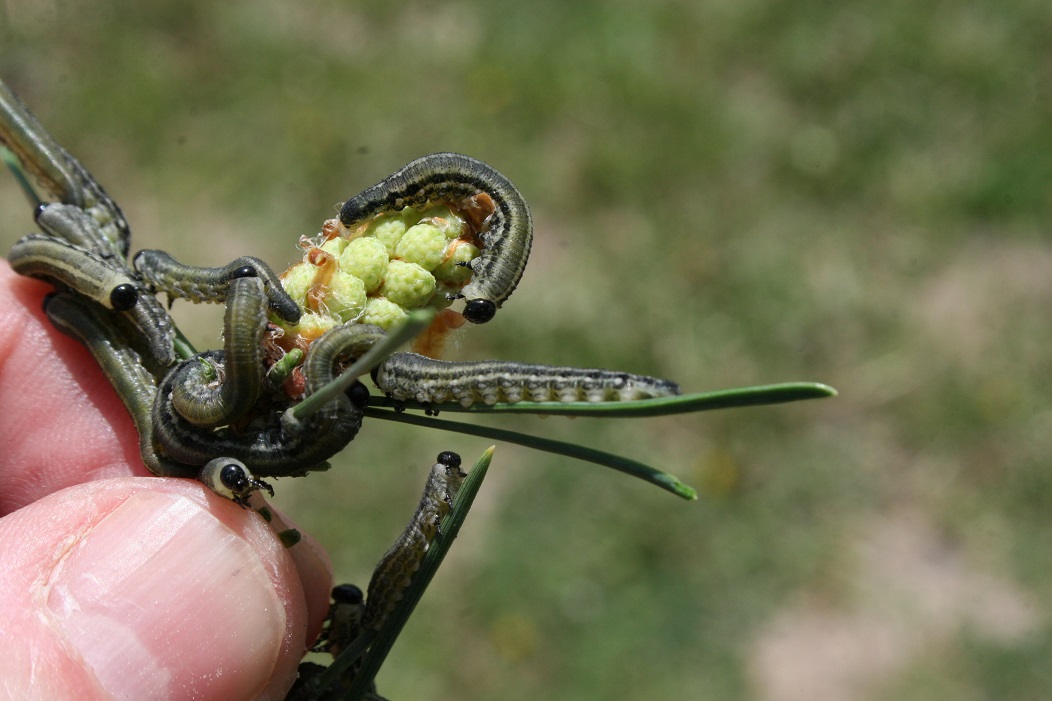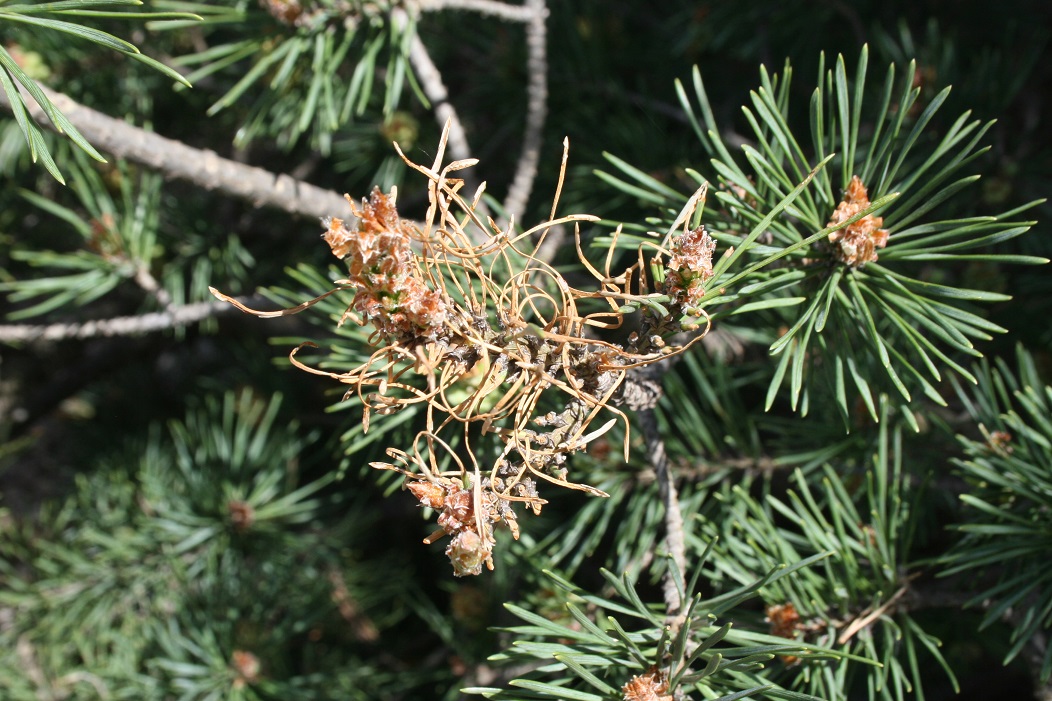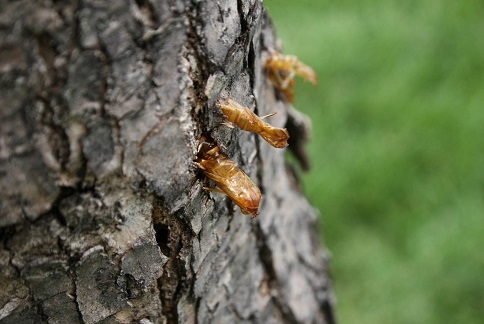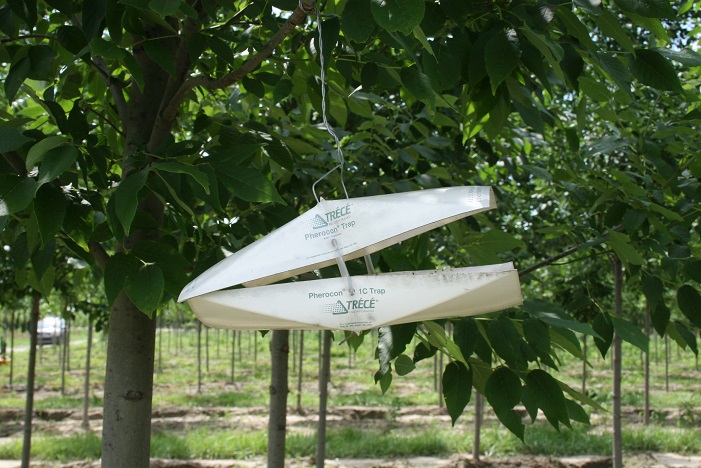–by Dr. Raymond Cloyd
Dormant oils are applied during winter in order to deal with insect and mite pests that survive the winter in overwintering life-stages, such as eggs or mature females. Instead of waiting until spring to initiate “control” measures, the application of dormant oils may be helpful in reducing costs associated with pesticide inputs (in this case, insecticides and miticides) later in the season (spring through fall). The advantages of applying dormant oils include: 1) a wide range of activity against most species of mites and scales—even the eggs; 2) minimal potential for resistance developing in insect and/or mite pest populations; 3) less direct and indirect harmful effects to beneficial insects and predatory mites compared to pesticides with long-residual activity; and 4) relatively low toxicity to humans and other mammals. The disadvantages of dormant oils include; potential phytotoxicity during the growing season and minimal residual activity or persistence.
Dormant oils are typically derived from paraffinic crude oil, and are the heaviest of the petroleum-based oil sprays with a low unsulfonated residue (Figure 1).
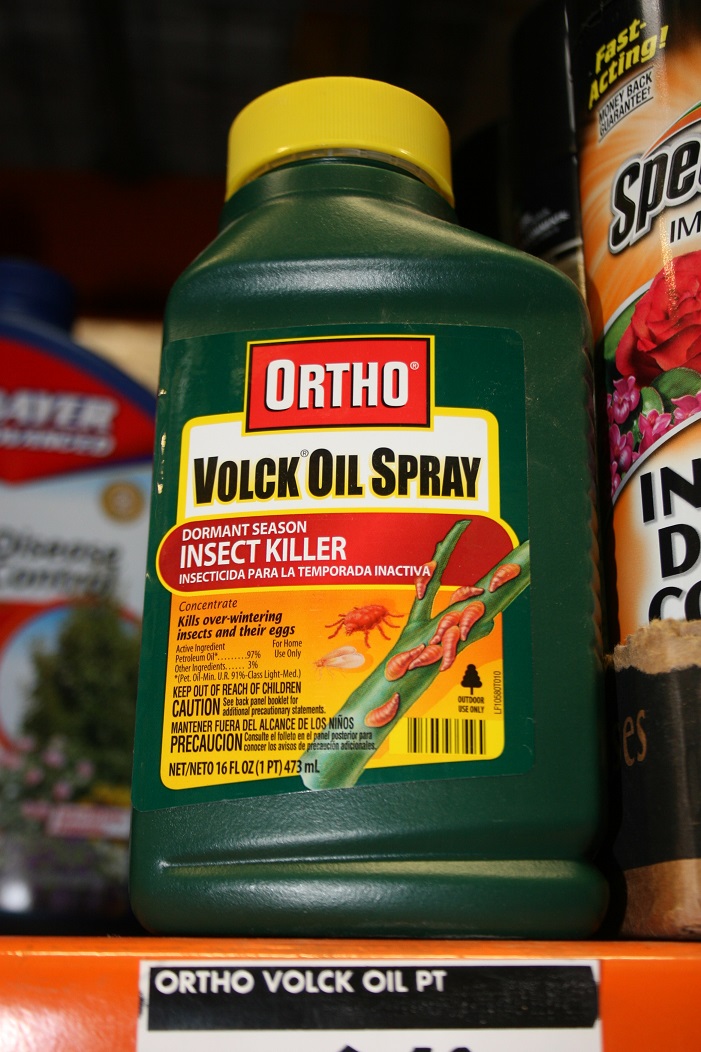
Figure 1: Dormant Oil Product
The unsulfonated residue is an assessment of the phytotoxic compounds remaining after distillation and refining. An unsulfonated residue >92% indicates a highly refined product with less potential for phytotoxicity. Dormant oils generally have a unsulfonated residue value <92%.
Dormant oil applications are primarily directed at killing overwintering pests including certain mites and scales (Figure 2),
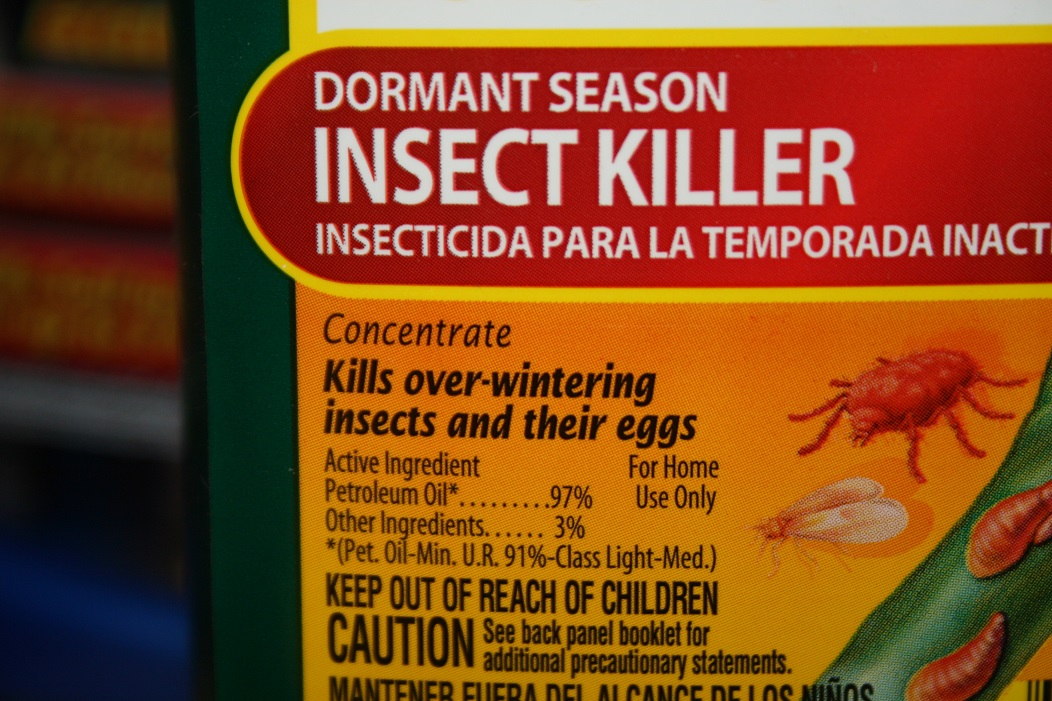
Figure 2: Dormant Oil Product Label Information.
before they become active in the spring and are capable of causing plant injury. Applications are made during winter so as to minimize phytotoxicity to ornamental plants. A 2% to 4% application rate is generally recommended in late fall to early spring. Dormant oils have contact activity and either suffocate; by blocking the breathing pores (spiracles), or directly penetrate and disrupt cell membranes of exposed insect and mite pests. However, dormant oils have minimal residual activity once residues dissipate, so thorough coverage of all plant parts is essential.
Since dormant oils are applied to all plant parts, the overwintering stage of the insect or mite pest must be located on the plant. However, not all insect and mite pests overwinter on plants. For example, dormant oil applications are not effective against the twospotted spider mite (Tetranychus urticae) because the mite overwinters as a female in plant debris, mulch, or other non-plant protected places. In contrast, the spruce spider mite (Oligonychus ununguis) overwinters as an egg on plants, primarily evergreens such as arborvitae, hemlock, juniper, and pine; so the spruce spider mite is susceptible to dormant oil sprays.
Dormant oils are effective in killing the overwintering stages of scales, especially first and second instars or nymphs (=crawlers). For example, euonymus scale (Unaspis euonymi) overwinters as second instar nymphs or mature females; both life stages are susceptible to dormant oil applications. However, certain scales that overwinter as eggs such as oystershell scale (Lepidosaphes ulmi) and pine needle scale (Chionaspis pinifoliae) are more tolerant of dormant oil applications because the eggs are generally stacked or piled on top of each other. Subsequently, dormant oils may not penetrate and contact the bottom layer. As a result, additional insecticide applications are typically required after egg hatch.
An issue when using dormant oils is the potential for plant injury or phytotoxicity. Some plants, such as arborvitae, beech, redbud, and certain maples (Japanese, red, sugar, and amur), may be harmed by dormant oil sprays. Furthermore, the needles of Colorado blue spruce (Picea pungens) may be discolored or change from blue to green as a result of a dormant oil application. Phytotoxicity may be a problem when >4% application rates are used and/or when applications are performed in early fall before dormancy or in late spring at bud-break. Problems associated with phytotoxicity are less likely to occur when applications are made in early November through February, which is when most plants are completely dormant. In order to avoid phytotoxicity, always ensure the spray solution is continually agitated. Also, never apply dormant oils when temperatures are ≤32ºF. Dormant oils should be applied to deciduous plants when the ambient air temperature will stay above freezing for at least 24 hours. Evergreens, in general, are more susceptible to damage than deciduous plants, so it is best to apply dormant oils when temperatures remain above 40ºF over a 24-hour period although there is no quantitative evidence suggesting that applications made at <40°F will damage dormant fruit trees. In addition, general recommendations are that dormant oils should never be applied to plants that are stressed since stressed plants are more susceptible to phytotoxicity. For example, lack of moisture, extreme temperatures, and sudden drastic changes in the ambient air temperatures after spraying, prolonged windy conditions, and disease or insect infestations may predispose plants to phytotoxicity. However, there is no direct evidence indicating that dormant oils are harmful to stressed trees.
There is a general misconception that insect and mite pest populations are unable to develop resistance to dormant oils. However, this is not true. For instance, a Christmas tree plantation of Scots pine (Pinus sylvestris) trees was sprayed with dormant oils for more than 10 years in succession to “control” pine needle scale. Eventually, the scale population became more and more difficult to “control.” Why? Well, what was discovered was that the scale covers actually increased in thickness; making it difficult for the dormant oil to penetrate the outer covering and kill the eggs.
Preventative dormant oil applications may avoid dealing with abundant insect and/or mite pest populations during the season. Therefore, inputs from insecticide and/or miticide applications may be reduced, thus preserving the natural enemies of mites and scales, including; predators and parasitoids that may naturally regulate populations of these pests.
